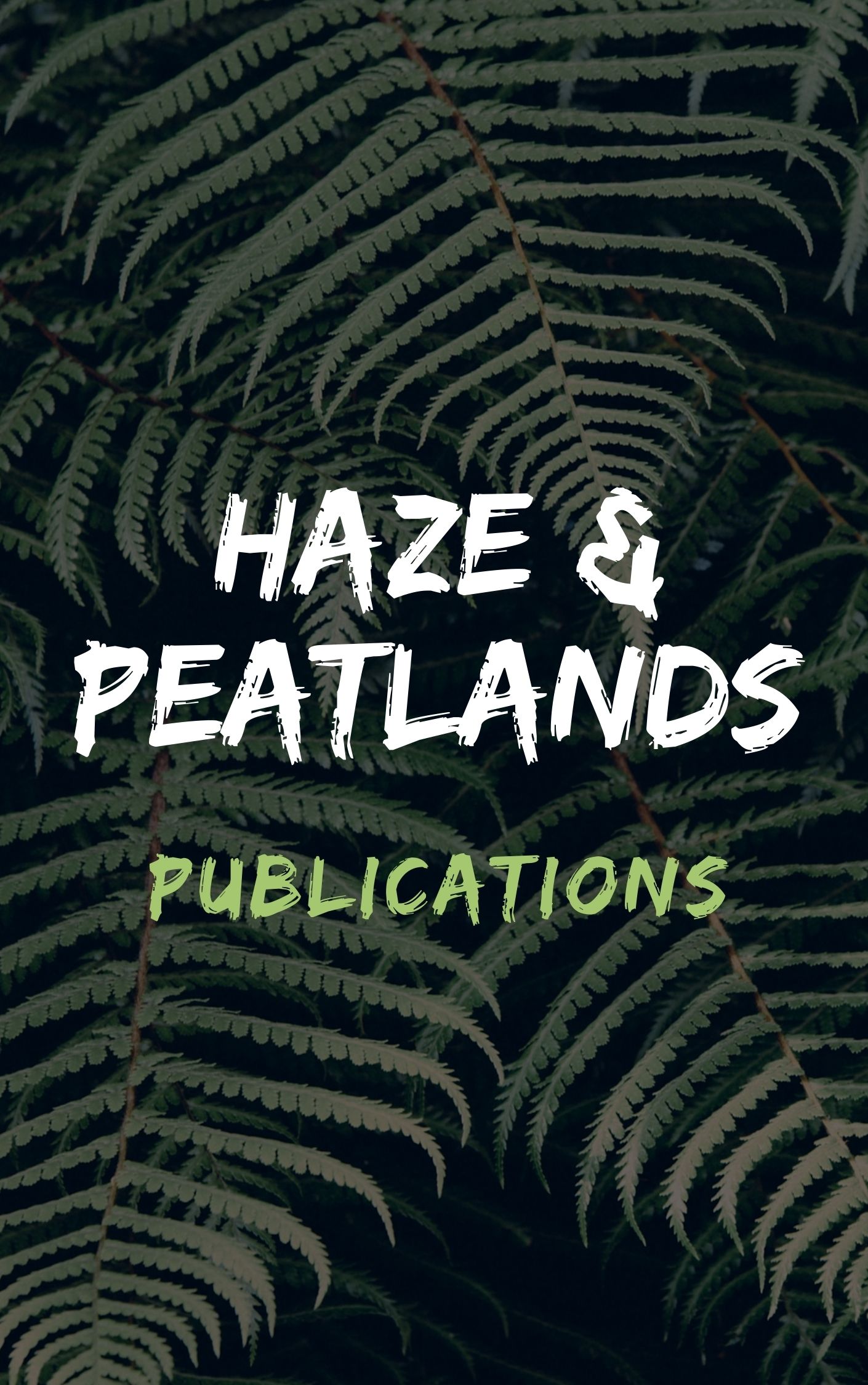In Indonesia, drought driven fires occur typically during the warm phase of the El Niño Southern Oscillation. This was the case of the events of 1997 and 2015 that resulted in months-long hazardous atmospheric pollution levels in Equatorial Asia and record greenhouse gas emissions.
Nonetheless, anomalously active fire seasons have also been observed in non-drought years. In this work, we investigated the impact of temperature on fires and found that when the July-October (JASO) period is anomalously dry, the sensitivity of fires to temperature is modest. In contrast, under normal-to-wet conditions, fire probability increases sharply when JASO is anomalously warm. This describes a regime in which an active fire season is not limited to drought years. Greater susceptibility to fires in response to a warmer environment finds support in the high evapotranspiration rates observed in normal-to-wet and warm conditions in Indonesia. We also find that fire probability in wet JASOs would be considerably less sensitive to temperature were not for the added effect of recent positive trends. Near-term regional climate projections reveal that, despite negligible changes in precipitation, a continuing warming trend will heighten fire probability over the next few decades especially in non-drought years. Mild fire seasons currently observed in association with wet conditions and cool temperatures will become rare events in Indonesia.
View source

